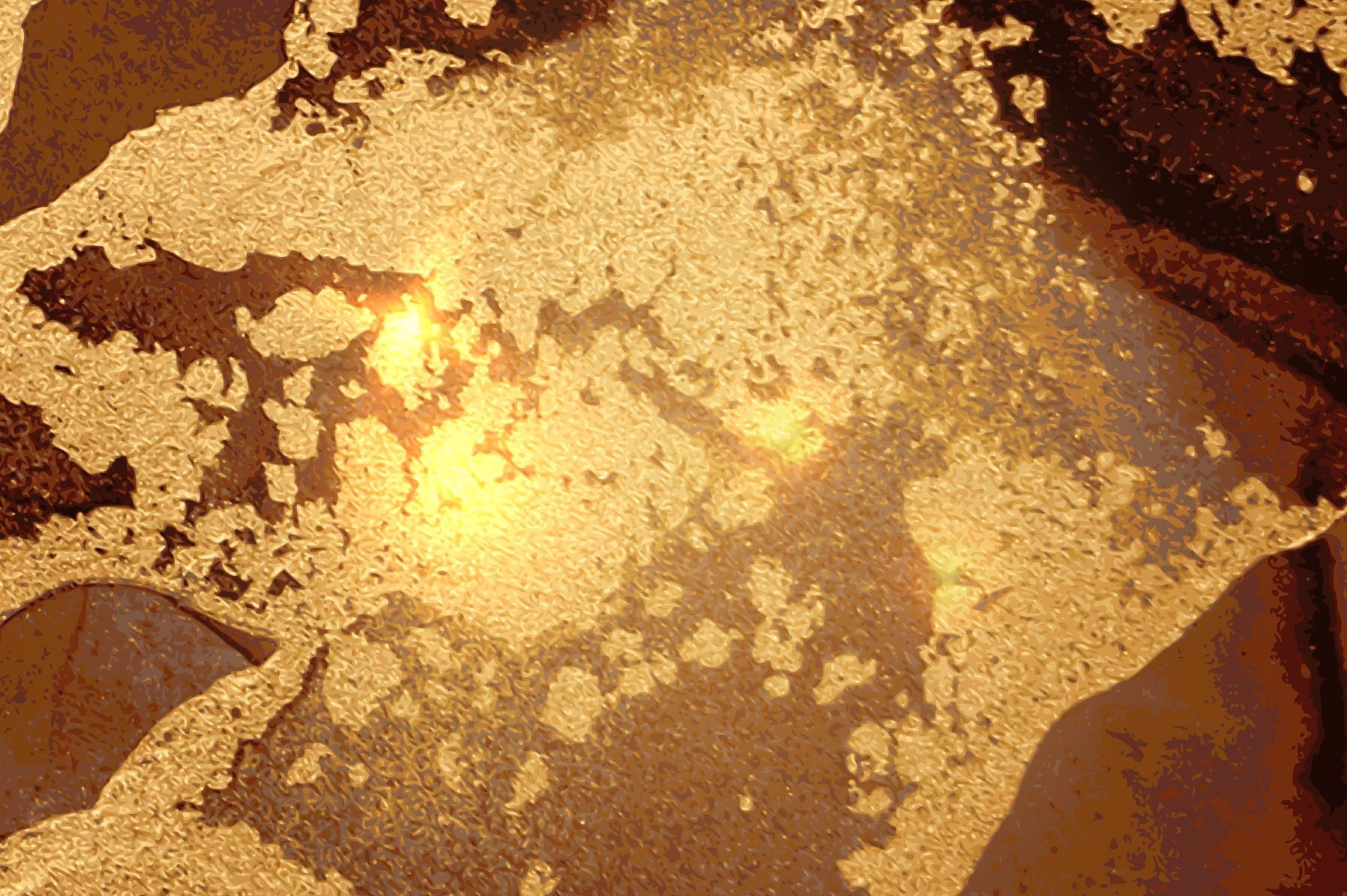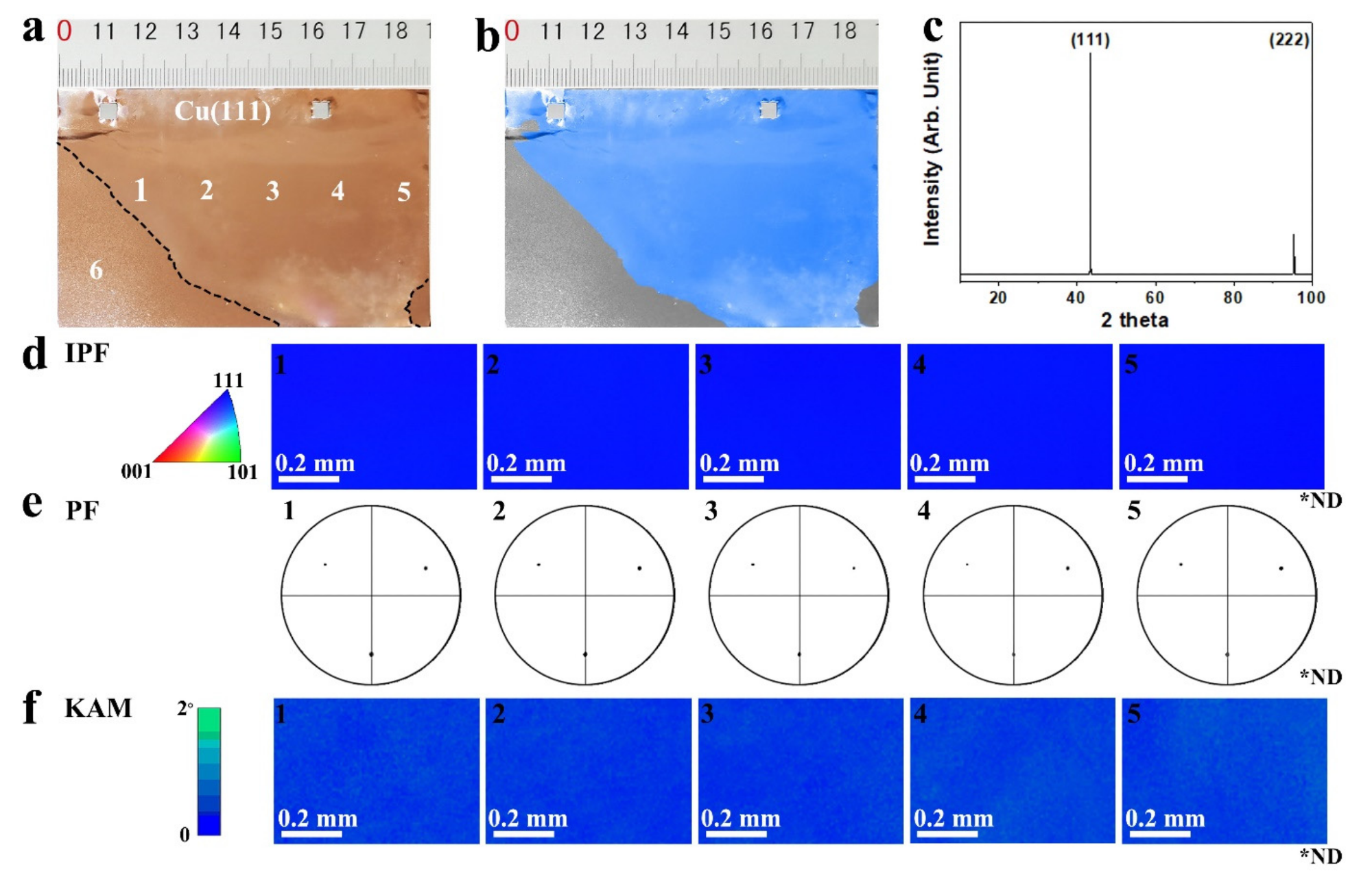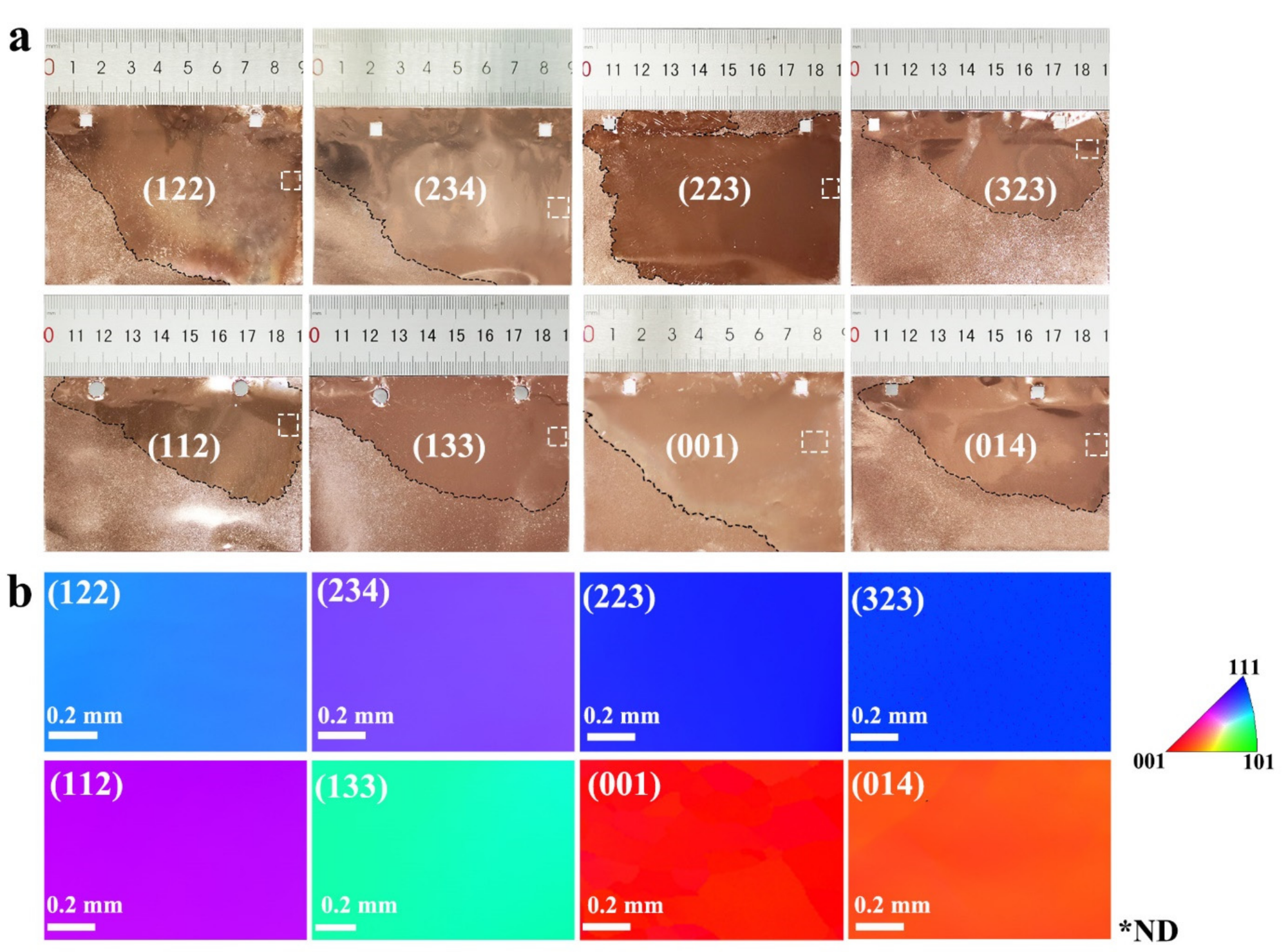A new study presented in the Nanomaterials journal reports on recent developments in use optimization of annealing atmospheres in the production of copper foils – an area which has seen limited study thus far but presents a significant amount of potential given the usefulness of copper.

Study: The Effect of Ethanol on Abnormal Grain Growth in Copper Foils. Image Credit: Litvinova Oxana/Shutterstock.com
Single-crystal copper is well known for its excellent electrical and thermal conductivity, seeing wide-ranging use in a number of applications throughout the industrial, commercial and other sectors.
One of single-crystal copper’s more interesting applications lies in its use as a favorable platform for the epitaxial growth of two-dimensional materials; for example, copper foil.
Single-crystal metal foils have become a popular area of study in recent years, due to their range of beneficial applications in electronics, catalysis, and crystal epitaxy.
More recently, new technology has been developed to prepare large-area single-crystal copper foils by using a novel approach to achieve abnormal grain growth during the annealing of polycrystalline copper foil.
A number of factors impact this abnormal grain growth, including temperature and driving force. Studies have found that tension can activate copper foil’s grain boundary energy, leading to abnormal grain growth in single crystals.

(a) Schematic diagram of contact-free annealing configuration, from which the copper foil is suspended in the middle of furnace. (b,c) the photographs of Cu foil annealed in argon atmosphere without and with 150 μL ethanol, respectively. The black dashed line in (c) corresponds to the grain boundaries between large grains and polygranular regions. Image Credit: Li, Zhancheng, et al., Nanomaterials
When working with grain growth in polycrystalline metal, studies found that depending on the driving factor of the growth, it is possible to prompt abnormal grown grain with a range of different facet indexes.
For example, abnormal grain growth from interfacial contact (via thermal stress) can lead to a high facet index, while abnormal grain growth via surface energy tends to leave to the formation of copper with minimum surface energy.
One of the most prominent factors affecting a metal’s abnormal grain growth and texture is the annealing atmosphere used in its production.
In terms of annealing atmospheres commonly and historically used, hydrogen has been a popular choice. As a reductive gas, hydrogen is able to lower the formation energy of vacancies in bulk metals and is able to help trigger abnormal grain growth at high temperatures. Inert gases such as argon are often used as diluting or shielding gases, but these have been found to have little impact on abnormal grain growth.
In an attempt to explore the potential for other types of annealing atmosphere to enhance the recrystallization process of copper foil, the authors of the paper have explored the use of ethanol as a potential annealing atmosphere.
The paper highlights the importance of studying the impact of different annealing atmospheres on abnormal grain growth, with a view to better comprehending and optimizing the recrystallization mechanism of metals.

(a,b) are the photographs of the annealed copper foil with a decimeter-sized abnormally grown grain, respectively. (c) The XRD 2θ scan spectrum of the large grain. EBSD IPF maps in the normal direction (d); (001) pole figures (e); and KAM maps (f) of the single large grain of copper foil collected at the corresponding positions marked in (a). (ND, normal direction). Image Credit: Li, Zhancheng, et al., Nanomaterials
Ethanol is a popular and useful chemical employed in a wide range of experiments, with typical uses including the cleaning of substrates or quartz tubes. It has also shown great promise as a carbon source in the preparation of graphene on copper foils at low temperatures.
The researchers believed that expanding these applications by investigating the influence of ethanol on the recrystallization process of copper foil could help provide perspectives into copper foil’s recrystallization mechanism, as well as offering a further novel use of ethanol.
By adding ethanol to a pure argon annealing atmosphere during copper foil production via high-temperature annealing, they discovered that this would induce the abnormal grain growth of copper foil.
The study also revealed that the quantity of abnormally grown grains is highly sensitive to the quantity of ethanol present in the annealing atmosphere, meaning that by controlling this, it was possible to precisely customize the growth behavior of the foil.
In order to characterize the samples after the process had been completed, the researchers investigated the crystal orientation of the prepared samples via electron backscatter diffraction (EBSD) and X-ray diffraction (XRD). They also used an atomic force microscope, a scanning electron microscope (SEM), and an optical microscope to evaluate the samples’ surface morphology.
It was necessary to undergo multiple annealing batches to completely eliminate the effect of residual ethanol in the reactor on the grain growth behavior. This process and consideration were important because the researchers had to isolate the impact of ethanol as far as possible in order to evaluate its effects.

(a) Photographs of eight representative annealed copper foils with a decimeter-sized, abnormally grown grain. (b) The corresponding EBSD IPF maps in the normal direction of these large grains, collected at the corresponding positions marked with white dotted box in (a). Black dash line in (a) corresponds to grain boundaries between large grain and polygranular regions. ND, normal direction). Image Credit: Li, Zhancheng, et al., Nanomaterials
Efforts to optimize this process revealed that a large abnormally grown grain could be obtained on the polycrystalline copper substrate by adding 10 μL of ethanol to the reactor and extending the annealing time to between 2 and 4 hours.
With its myriad uses and highly beneficial properties, single-crystal foil continues to be the subject of great interest and significant research efforts. As such, expanding its modes of production and optimizing its properties could see this already popular material employed in a wider range of settings.
Disclaimer: The views expressed here are those of the author expressed in their private capacity and do not necessarily represent the views of AZoM.com Limited T/A AZoNetwork the owner and operator of this website. This disclaimer forms part of the Terms and conditions of use of this website.
Source:
Li, Zhancheng, Yongna Zhang, Yinwu Duan, Deping Huang, and Haofei Shi. 2021. "The Effect of Ethanol on Abnormal Grain Growth in Copper Foils" Nanomaterials 11, no. 11: 3069. https://www.mdpi.com/2079-4991/11/11/3069